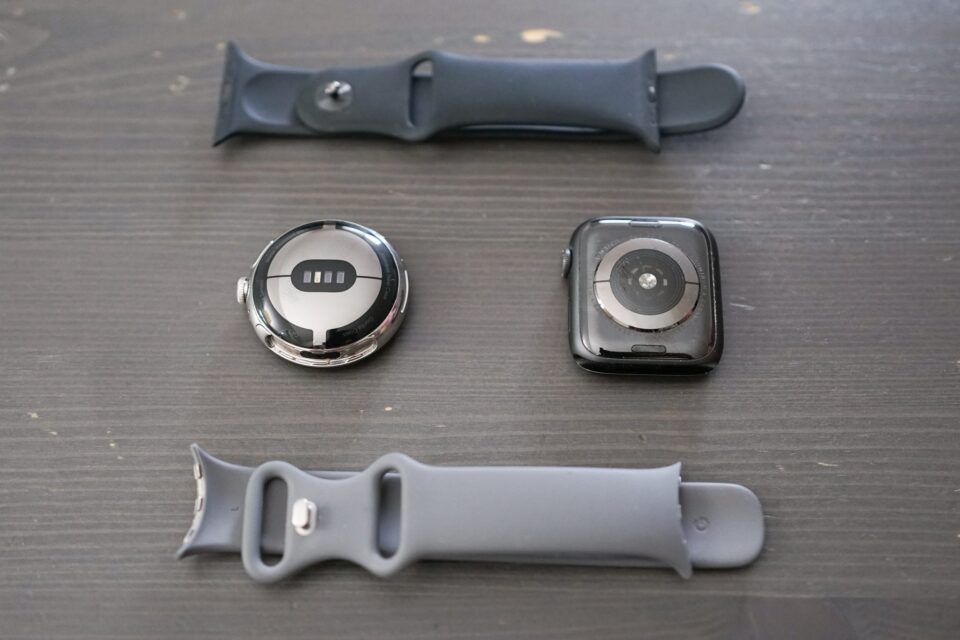Cleaning a watch using an ultrasonic cleaner is a straightforward process, but it requires care and attention to detail to ensure that the watch and its components are not damaged during the cleaning. Here’s a step-by-step guide on how to clean a watch using an ultrasonic cleaner:
Materials and Tools Needed:
- Ultrasonic cleaner with an appropriate frequency range (usually 20 kHz to 40 kHz).
- Cleaning solution specifically formulated for watches or watch components.
- A basket or holder to suspend the watch or watch components in the cleaner.
- Clean, lint-free microfiber or watchmaker’s cloths.
- Soft brushes or toothbrushes for detail cleaning.
- Watchmakers oil for lubrication (if necessary).
- Compressed air for drying (optional).
- Water for rinsing (optional).
Step-by-Step Cleaning Process:
- Preparation:
- Ensure that the ultrasonic cleaner is clean and in good working condition.
- Choose a suitable cleaning solution that is compatible with your watch and its components. Avoid using solutions that contain harsh chemicals.
- Dismantling (If required):
- If the watch has a removable case back, consider removing it to access the movement and other components for cleaning. However, not all watches have removable case backs.
- Basket or Holder:
- Place the watch or watch components in a mesh or perforated basket or holder. This ensures that the parts are fully submerged and allows them to be easily removed after cleaning.
- Cleaning Solution:
- Fill the ultrasonic cleaner’s tank with the recommended amount of the appropriate cleaning solution. Follow the manufacturer’s instructions for dilution if necessary.
- Ultrasonic Cleaning:
- Carefully place the basket or holder with the watch or components into the cleaner’s tank, ensuring that they are fully submerged.
- Set the ultrasonic cleaner to the recommended frequency and timer settings for watch cleaning. This typically ranges from 5 to 20 minutes, depending on the level of contamination and the type of solution used.
- Start the cleaning cycle, and the ultrasonic cleaner will generate ultrasonic waves to agitate the cleaning solution and dislodge dirt and contaminants.
- Rinsing (Optional):
- After the cleaning cycle is complete, remove the watch or components from the ultrasonic cleaner.
- Rinse them thoroughly with clean water to remove any remaining cleaning solution or contaminants. Some watchmakers skip this step, especially if the cleaning solution is water-based.
- Drying:
- Use a clean, lint-free microfiber cloth to gently pat the watch or components dry.
- Alternatively, you can use compressed air to blow away excess moisture from the components and crevices.
- Reassembly and Lubrication (If Necessary):
- Reassemble the watch components, including the movement, dial, hands, and case, if applicable.
- If lubrication is required for specific parts, apply the appropriate watchmakers oil sparingly, following watchmaker guidelines.
- Case Reassembly (If Applicable):
- Reattach the watch case back, ensuring it is properly sealed and secured.
- Final Inspection and Polishing:
- Inspect the watch closely for any remaining dirt, fingerprints, or smudges.
- Use soft brushes or toothbrushes to gently remove any stubborn dirt or debris.
- Polish the watch case and crystal as needed using appropriate materials.
- Quality Control and Testing:
- Set the watch to the correct time and date (if applicable).
- Monitor its performance and accuracy to ensure that it functions correctly after cleaning.
It’s essential to exercise caution and follow best practices when you clean watch with ultrasonic cleaner, especially if you are working with vintage or valuable timepieces. If you are not confident in your abilities, consider seeking assistance from a professional watchmaker or technician for more complex cleaning and maintenance tasks.


